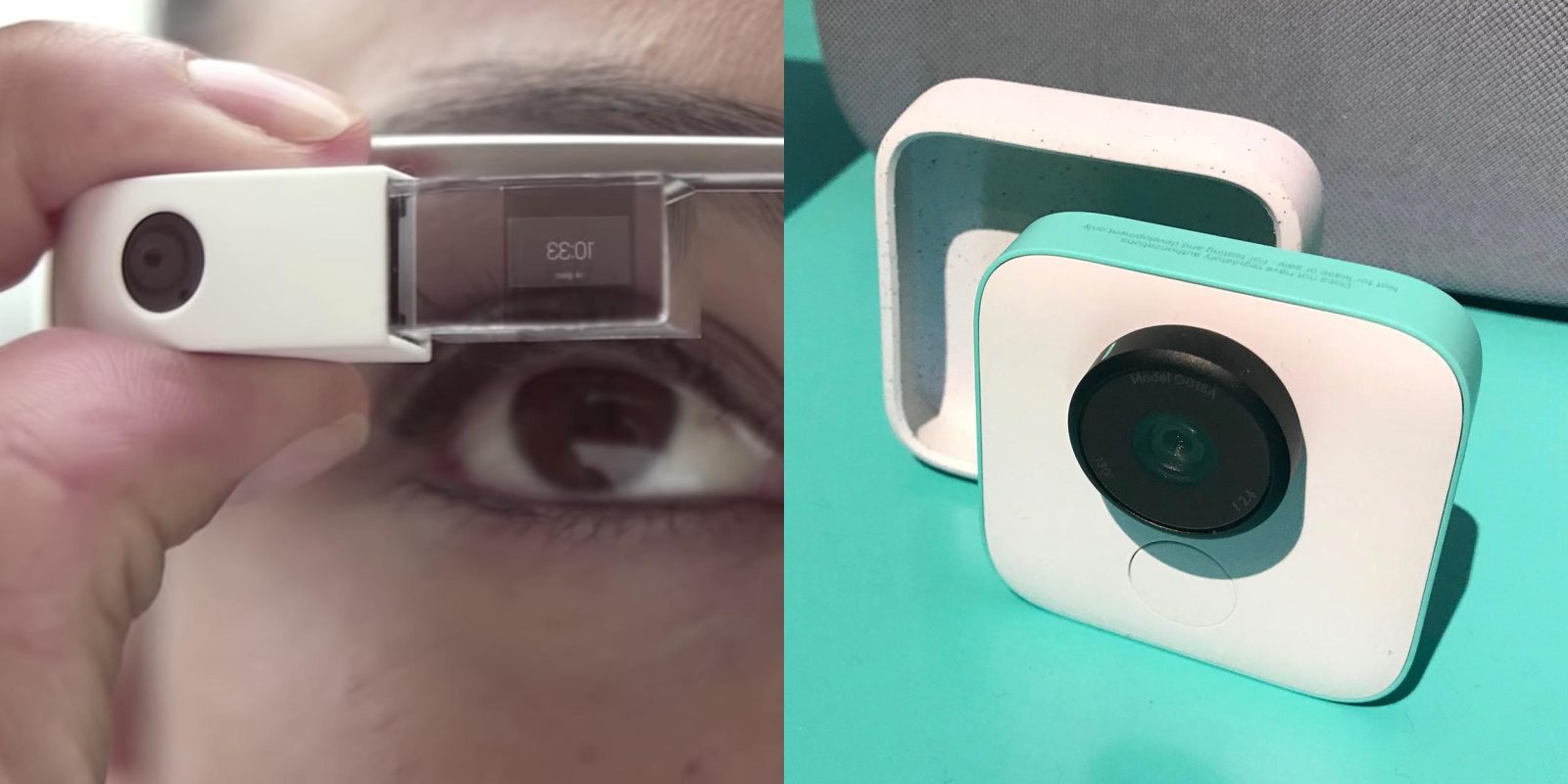
There’s a rather interesting thread by a software engineer who worked on Google Glass and Clips that discusses the “fatal flaws” of both, and the internal cultures that allowed the devices to ship.
Starting with the Google Glass analysis, Warren Craddock was a senior software engineer “specializing in camera design” for 16 months on the project.
Craddock said the first flaw was how it “didn’t really do anything very useful” despite efforts to find “some task or situation where Glass would be indispensable.” Google didn’t find a “killer app” internally, nor did third-party developers once the Explorer Edition launched.
Factors that contributed to that include the 640 x 360 screen being “just too small, and too awkwardly-placed in the corner of your eye.” Meanwhile, use cases that Google did find — including asking “vapid questions like, ‘Ok Glass, how tall is the Eiffel Tower?’ and taking [photos] of the potted plants on their desks,” as well as phone notifications — were ultimately not deemed useful by the market.
The second flaw of how “you looked stupid while wearing it” is backed with an anecdote about how “no one ever wore Glass at the office. The devices sat on our desks, plugged into USB, endlessly charging.”
Google is said to have “never directly acknowledged the fatal flaws at all” and continued pushing the product.
Glass eventually pivoted into an Enterprise Edition, which is on its second release, that found an industrial use case. Meanwhile, work on computational photography, specifically image fusion and HDR+, to make the original Glass camera actually work well was later applied to Nexus and Pixel phones.
Meanwhile, Craddock — who current works at Waymo — was on the Google Clips development team. The fatal flaw of the tiny camera that could record moments automatically was how “pictures were taken from weird vantage points.”
It turns out that humans only like pictures that are taken from the perspective of other humans’ eyes.
It’s a basic feature of our psychology, and it makes perfect sense.
We don’t like the vibe of pictures taken from tabletops or backpacks or lapel pins or dog collars.
The Clips became aware of the issue and tried to correct it with everything from AI-based perspective correction that virtually moved the camera by a few inches to “mounting hardware.”
The full thread is worth a read and also touches upon what happened with the Lytro lightfield camera.
FTC: We use income earning auto affiliate links. More.


Comments